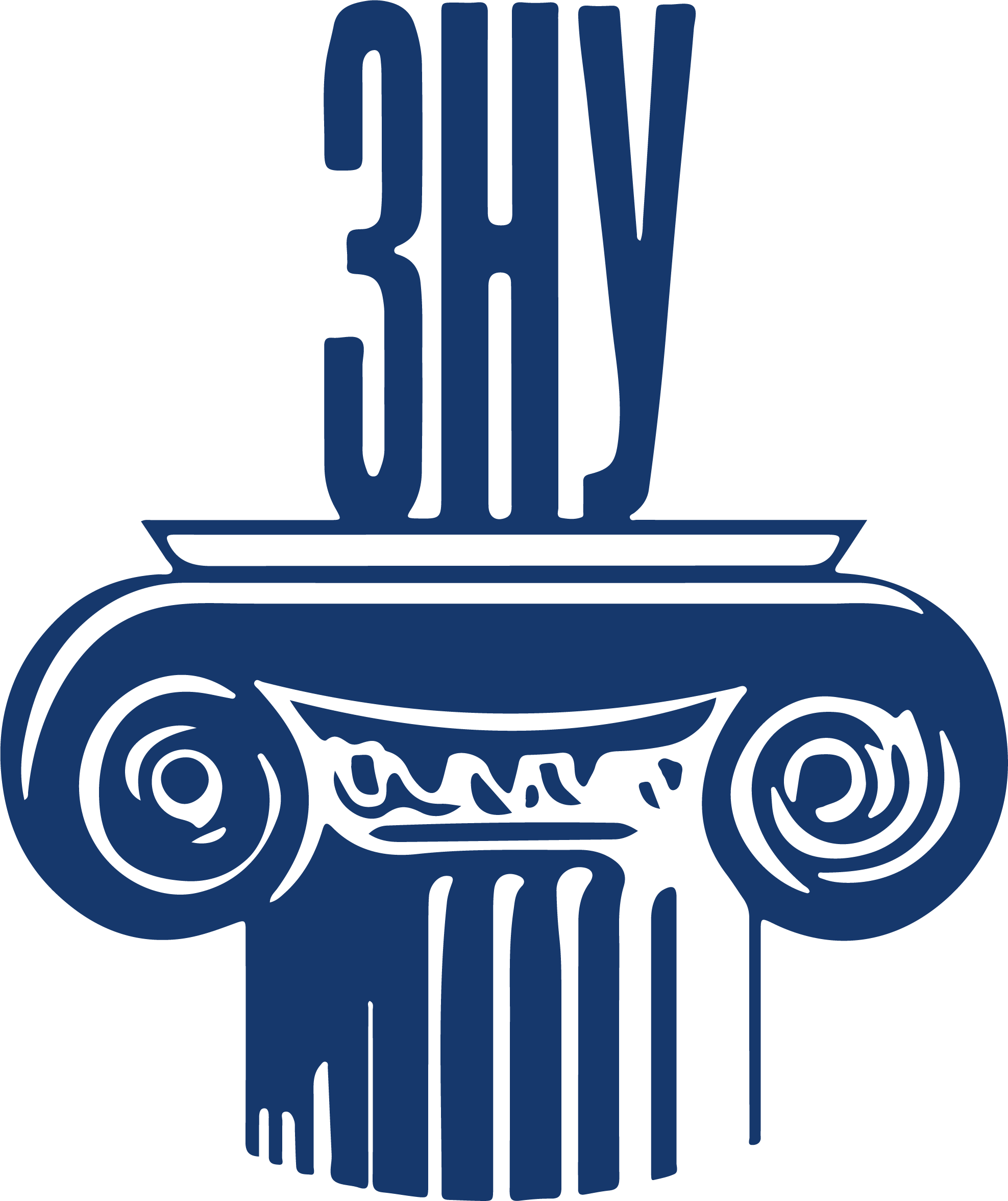SYMBOLIC REPRESENTATION OF CRISIS IN THE BRITISH POSTMODERNISTS’ FICTION DISCOURSE
Abstract
Contemporary fiction discourse reflects the general unease and turbulence of the late ХХ – early ХХІ century, marked by crises in various spheres. The paper investigates how the concept CRISIS is represented in the fiction discourse of the British postmodernists via symbols. Symbol which is always an understatement, a potentiality for interpretations, indefinite in its arbitrariness, acquires a specific rendition in postmodern theory through its idea of unreality, “simulativity” of the world filled with secondary meanings. This capacity of symbol to contain numerous layers of meaning is frequently employed by the postmodernist writers who in such way create multidimensional narrative with numerous possible interpretations. Symbol that can be viewed within the traditional approach (as a culture-forming phenomenon) or the postmodern one (as a means of creating a simulative reality), is a relevant component of the postmodern textual space. Postmodern authors tend to reject traditional symbols, and instead create new symbols representing the modified reality. Crisis which is understood as a period of instability, a crucial stage, a turning point of events, features prominently within the postmodern worldview, and is one of the most verbalized concepts in postmodern fiction discourse due to the particular importance attached to it in postmodern theory. The crises depicted by I. McEwan, D. Lodge, J. Barnes take a variety of forms, from global sociopolitical to interpersonal and inner psychological ones. Postmodernists use the nominations of different attributes of current crisis situations as the new symbols to actualize the concept CRISIS – to represent the idea of threat for modern society, human insecurity when facing global and personal turmoils, the risks and pressures of turning points in life. In the postmodern narrative, the symbolic space of a crisis society becomes not just disturbing and unsafe, but even hostile.
References
2. Baudrillard J. Simulations / translated by Phil Beitchman, Paul Foss and Paul Patton. Semiotext(e), Inc., 1983. 176 p.
3. Cambridge Dictionary Online. URL: https://dictionary.cambridge.org/dictionary/english/crisis (accessed 10.12.2024).
4. Chandler D. Semiotics: the basics. 2nd edition. Routledge, 2007. 307 p.
5. Cirlot J. E. A Dictionary of Symbols / translated by John Sage. Routledge, 2001. 507 p.
6. Crisis. Collins English Dictionary. Harper Collins Publishers. URL: https://www.collinsdictionary.com/dictionary/english/crisis (accessed: 29.12.2023).
7. Farley E. Deep symbols: their postmodern effacement and reclamation. Trinity Press International, 1996. 158 p.
8. Hellman G. Symbol Systems and Artistic Styles. The Journal of Aesthetics and Art Criticism. 1977. №35. P. 279–292.
9. Jameson F. Postmodernism, Or the Cultural Logic of Late Capitalism. Durham, NC : Duke University Press, 1991. 461 p.
10. Kumar P. The mask in the Coronavirus crisis: a symbol of risk perception, politeness and community spirit. May 5, 2020. URL: https://www.rifs-potsdam.de/en/blog/2020/05/mask-coronavirus-crisis-symbol-risk-perceptionpoliteness-and-community-spirit.
11. Lodge D. Deaf Sentence. London : Penguin Books, 2008. 294 p.
12. Mankus M. Manifestations of symbolism in architecture of postmodernism. Journal of Architecture and Urbanism. 2014. №38(4). P. 274–282.
13. McEwan I. Saturday. London : Vintage Books, 2006. 304 p.
14. Rogador C. 10 Common Symbols Of Sacrifice. Symbols Archive. World Symbols and Their Meanings. June 29, 2023. URL: https://symbolsarchive.com/sacrifice-symbols/.
15. Rushdie S. Imaginary Homelands: Essays and criticism, 1981-1991. London : Granta, 1992. 448 p.
16. Smith J. Blockchain: the crisis of symbols and the age of value transfer. Diplomatic Courier. January 15, 2019. URL: https://www.diplomaticourier.com/posts/blockchain-the-crisis-of-symbolsand-the-age-of-value-transfer.
17. Waugh P. Contemporary British fiction. The Cambridge Companion to Modern British Culture / ed. by Michael Higgins, Clarissa Smith and John Storey. Cambridge University Press, 2010. P. 115–136.
18. Woods E. T., Schertzer R., Greenfeld L., Hughes C., Miller-Idriss C. COVID-19, nationalism, and the politics of crisis: A scholarly exchange. Nations and Nationalism 2020. №26. P. 807–825. URL: https://onlinelibrary.wiley.com/doi/full/10.1111/nana.12644.
 ISSN
ISSN 


.png)



